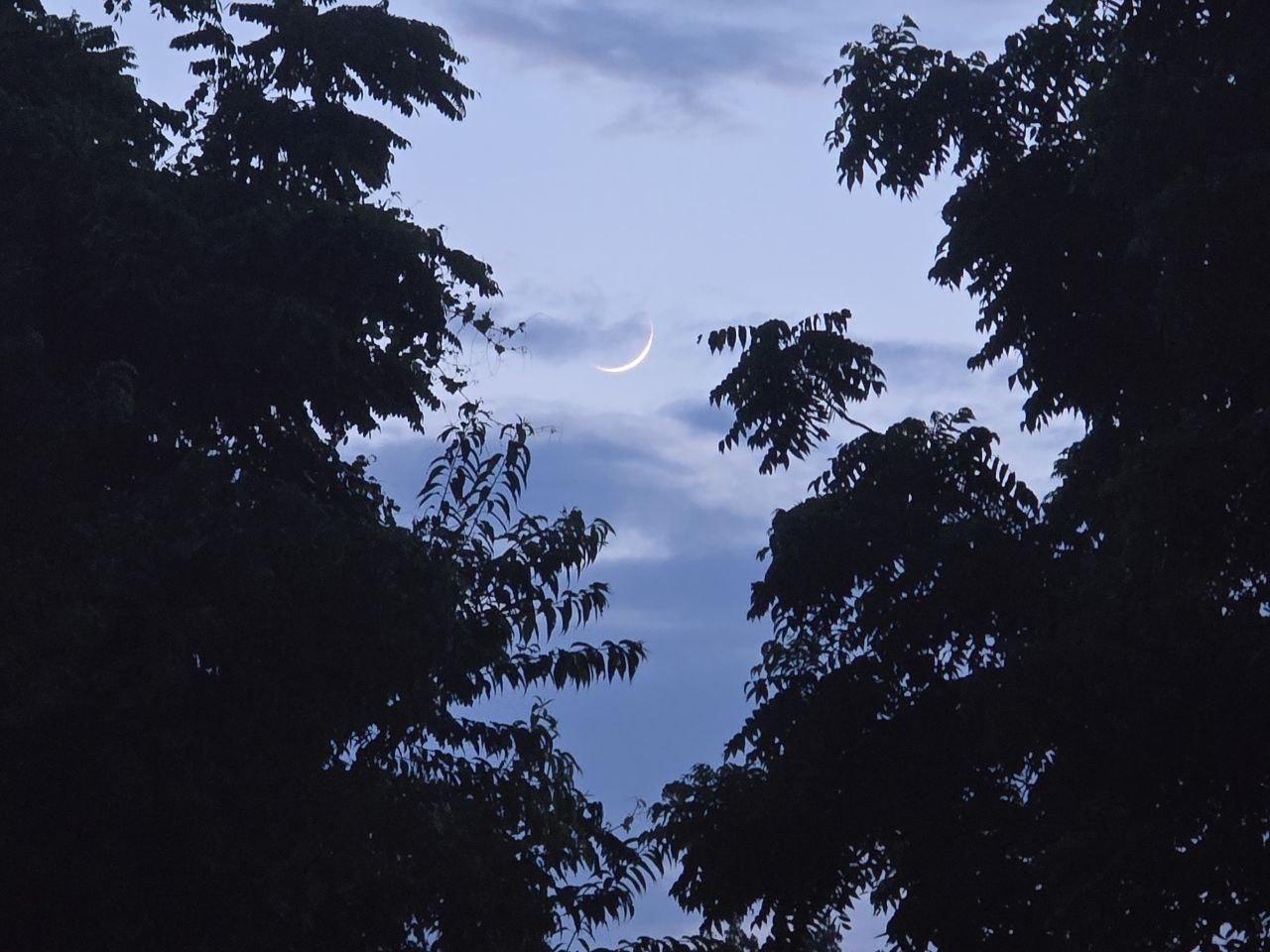Watch
Events
Articles
Market
More
This coming week, 29 June-5 July 2025 (3-9 Tammuz 5785), the Bible reading plan covers Chukat (Ordinance Of).
https://thebarkingfox.com/2025..../06/27/weekly-bible-




This one is making the rounds among my brothers and sisters. Folks are having to change their doctrine and all asking "why didn't I see that before?"
https://firstcenturychristiani....ty.net/when-was-jesu



This evening, at 8:30pm CDT, be sure to join us over on our YouTube channel for the premiere of our new Home Worship Video Resource! Let's get into YAH's Word! https://www.youtube.com/@TriumphInTruthMedia




In Matthew 13:24-30, Yeshua explains that the Kingdom of Heaven includes both wheat and tares. The master's men are to do what they can to protect their fields, but some weeds are inevitable and even part of God's plan.
God has reasons for allowing false teachers to infiltrate his people, and he'll sort it all out in the end.
https://rumble.com/v13ta6k-tar....es-in-the-kingdom-of



You are the salt of the earth, but if salt has lost its taste, how shall its saltiness be restored? It is no longer good for anything except to be thrown out and trampled under people's feet.
Matthew 5:13
Salt is salt. The only way it can lose its saltiness is if it becomes NOT salt, like sodium chlorite, a highly toxic chemical, instead of sodium chloride, which your body needs to survive.
But salt can also become useless by being defiled by blood or other impurities. Since #yeshua was talking to his disciples and not to unbelievers, there is a very important lesson in this for us: Don't become a toxic or defiling substance in the Body of Christ or his immune system will eventually toss you out.
#jesus #salvation
https://rumble.com/vrka6o-how-....does-salt-lose-its-s



062725 / ROSH CHODESH 1st day of the 4th month 5786
WORD FOR TODAY “this prophecy came in the fourth month”: Eze 1:4 As I looked, behold, a storm wind was coming from the north, a great cloud with fire flashing forth continually and a bright light around it, and in its midst something like glowing metal in the midst of the fire.
WISDOM FOR TODAY: Pro 18:10 The name of the LORD is a strong tower; The righteous runs into it and is safe.
www.BGMCTV.org



